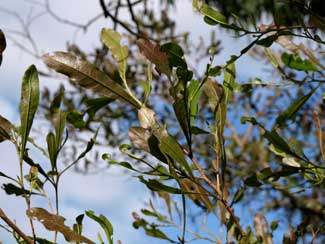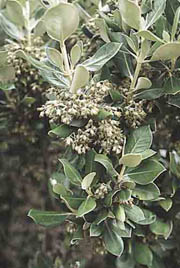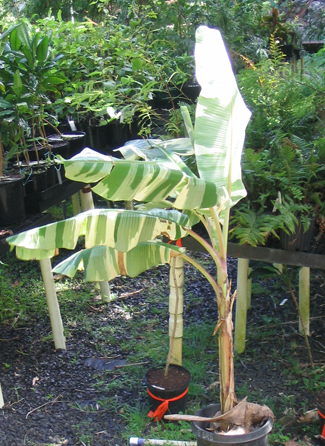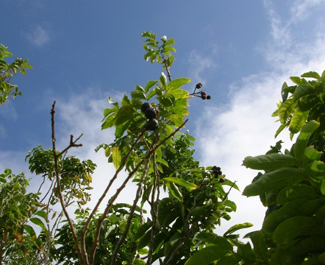As a reduplicated (in this case, simply doubled) form of the word ake, akeake would originally have implied that what it referred to was an altered or unusual form of the original referent (whether this was a single plant or a group of them), or something that was reminiscent of it or had some of its qualities. Thus in Aotearoa it was quite appropriately an alternative name for the ake (Dodonaea viscosa), which was identical with its Rarotongan counterpart, but different the plant given that name in Tahiti. The South Island akeake, Olearia avicenniaefolia, is quite clearly different in some important respects from the North Island ake, which also grows in the South Island and probably had already received that name. Judging by the genetic evidence concerning the kiore (Southeast Asian rat), which accompanied the Polynesian explorers of their travels, the Chatham Islands were settled from the Marlborough Sounds in the South Island, so it is not surprising that the name was applied to the tree daisy Olearia traversii unique to the islands (see K.R. Howe, The Quest for Origins, p. 178).
(New Zealand) Akeake
Location in the Language Garden
The akeake in Traditional Maori Perfumery
(New Zealand) Akeake
The best known akeake in Aotearoa is probably the ake itself, Dodonaea viscosa, which is dealt with on its own separate page.
The other two are species of the tree-daisy Olearia, among the largest members of the daisy family (Asteraceae, formerly known as the Compositae).
Olearia avicenniaefolia, also known as hakeke, grows throughout the South and Stewart Islands. The photographs in Salmon's Native Trees of NZ (pp. 322-3) show both leaves (with prominent veins and attractive sheen), bark and shape as a mature tree quite reminiscent of the ake (Dodonaea viscosa), so it is not difficult to imagine why the early settlers of that part of Aotearoa would have called it akeake.
The Chatham Islands akeake, Olearia traversii, although endemic to the islands, is now widely grown as a shelter tree in other parts of New Zealand. As noted, the Chathams seem to have been settled from the northern part of the South Island, and thus it is not surprising that their first colonizers carried the name akeake with them and applied it to this tree. Its leaves are more oval than attenuated, so while still quite reminiscent of O, avicenniaefolia, they are less like those of the Dodonaea.
Back to: (New Zealand) Akeake
Next sections:
Location in the Language Garden
The Akeake in Traditional Maori Perfumery
Location in the Language Garden
At present [February 2009] there are several Dodonaea viscosa in the garden (see the page devoted to "Ake"), but we do not have any plants of the Olearia species which have been given the name akeake.
Back to:
(New Zealand) Akeake
Location in the Language Garden
Next section:
The Akeake in Traditional Maori Perfumery
![]()
 This work is licensed under a Creative Commons Attribution-Noncommercial 3.0 New Zealand License.
This work is licensed under a Creative Commons Attribution-Noncommercial 3.0 New Zealand License.
 Ake, Akeake Dodonaea viscosa (TMR)
Ake, Akeake Dodonaea viscosa (TMR) 
 A'ea'e - Hawaii (Musa sp.)
A'ea'e - Hawaii (Musa sp.) Akeake - Mauke, Cook Islands
Akeake - Mauke, Cook Islands